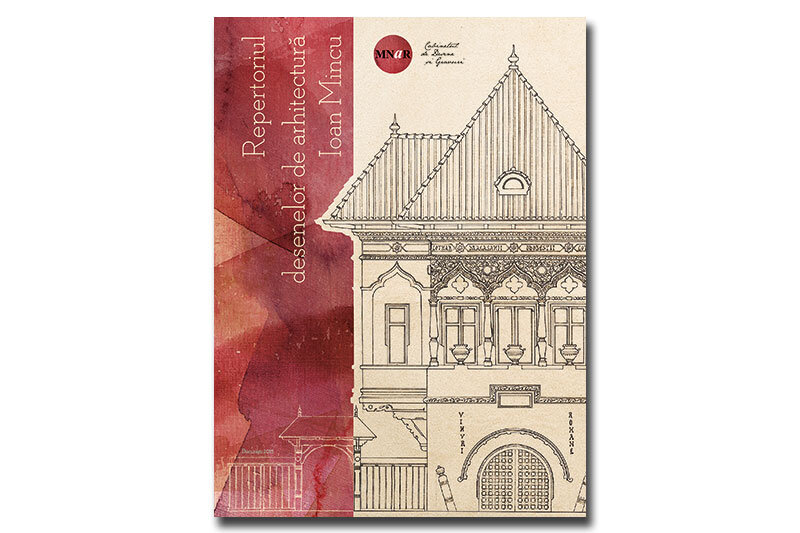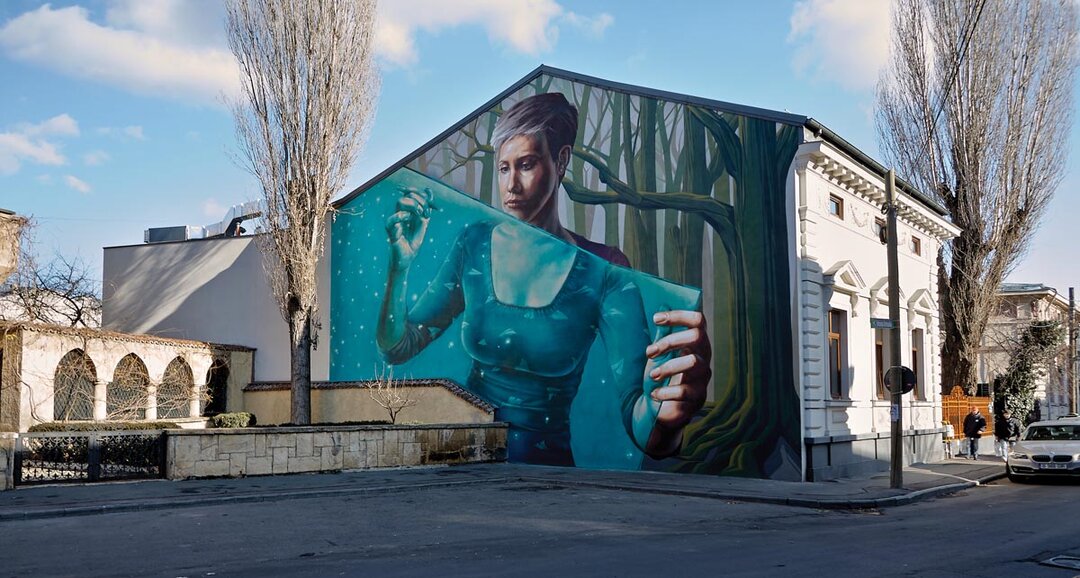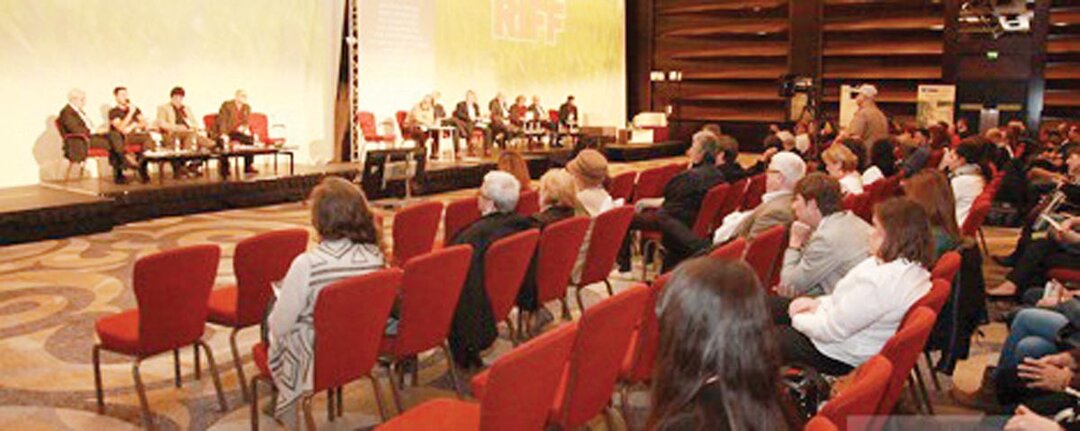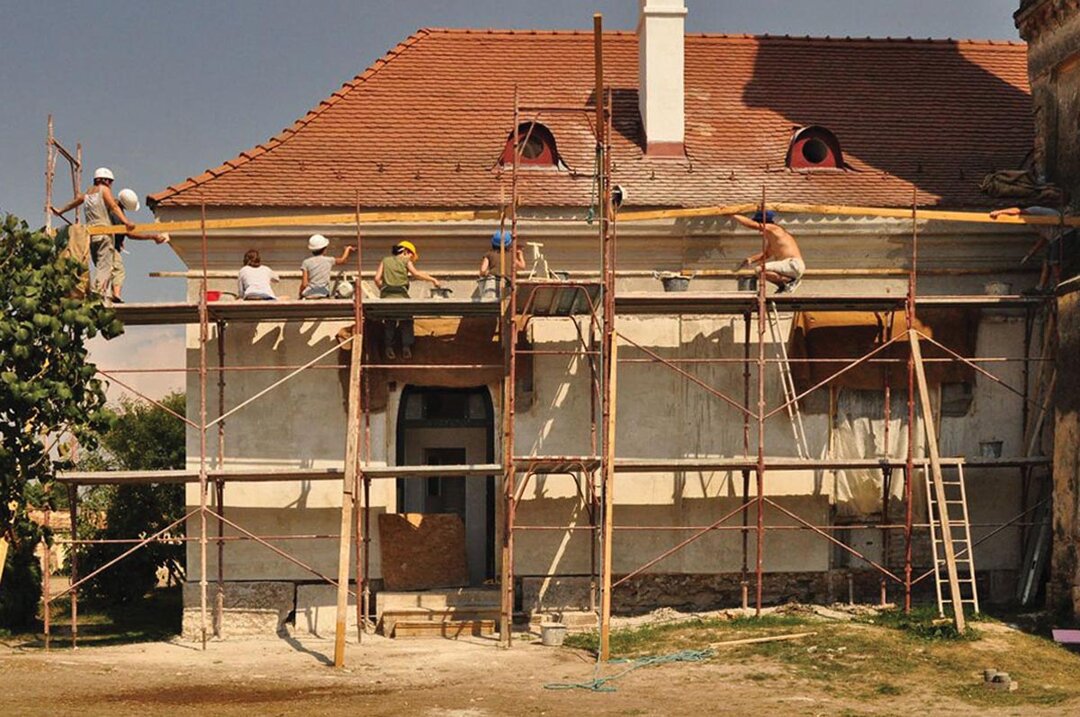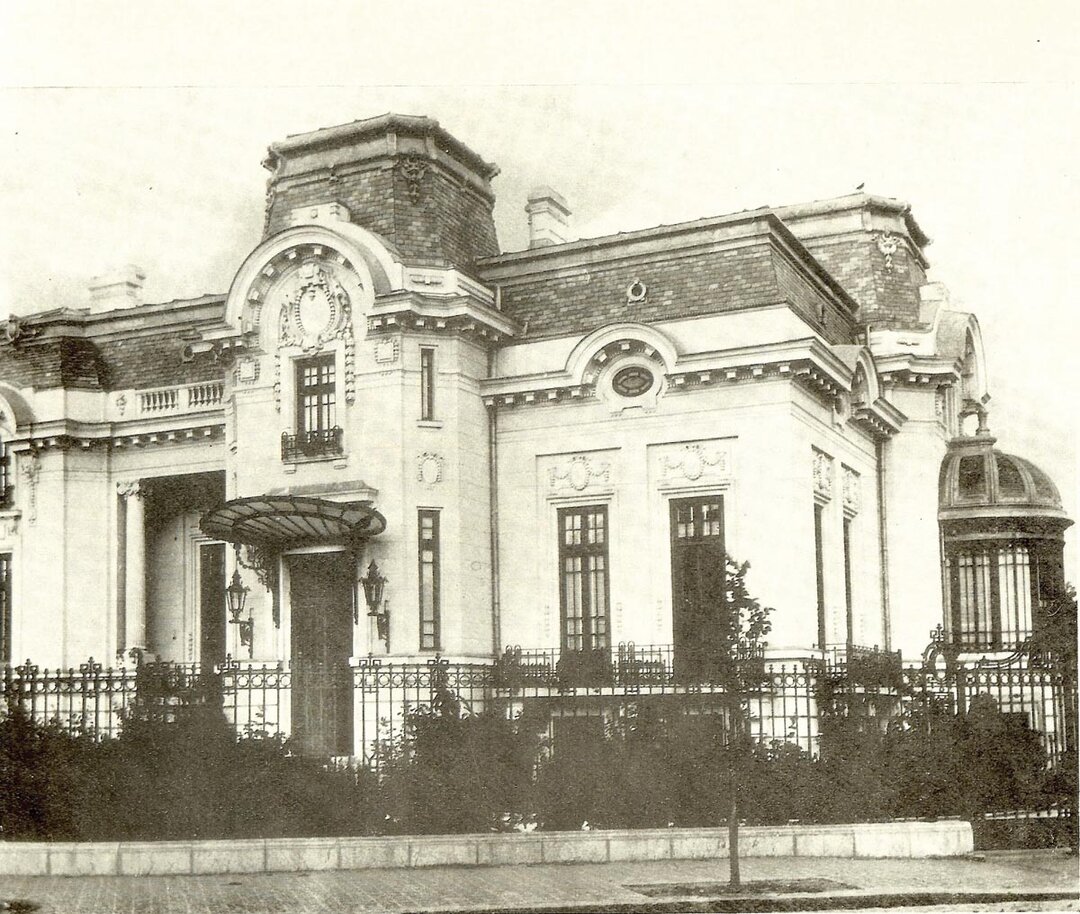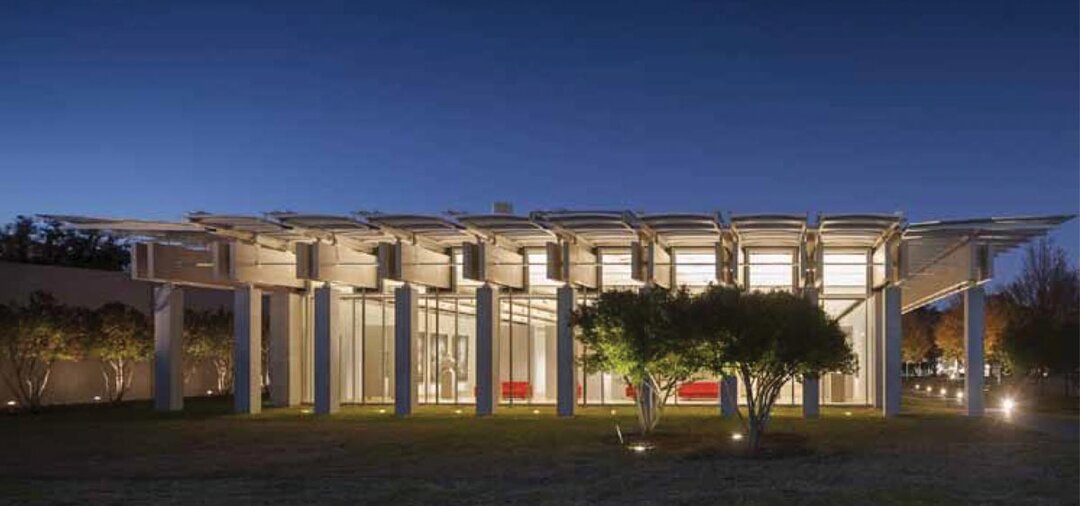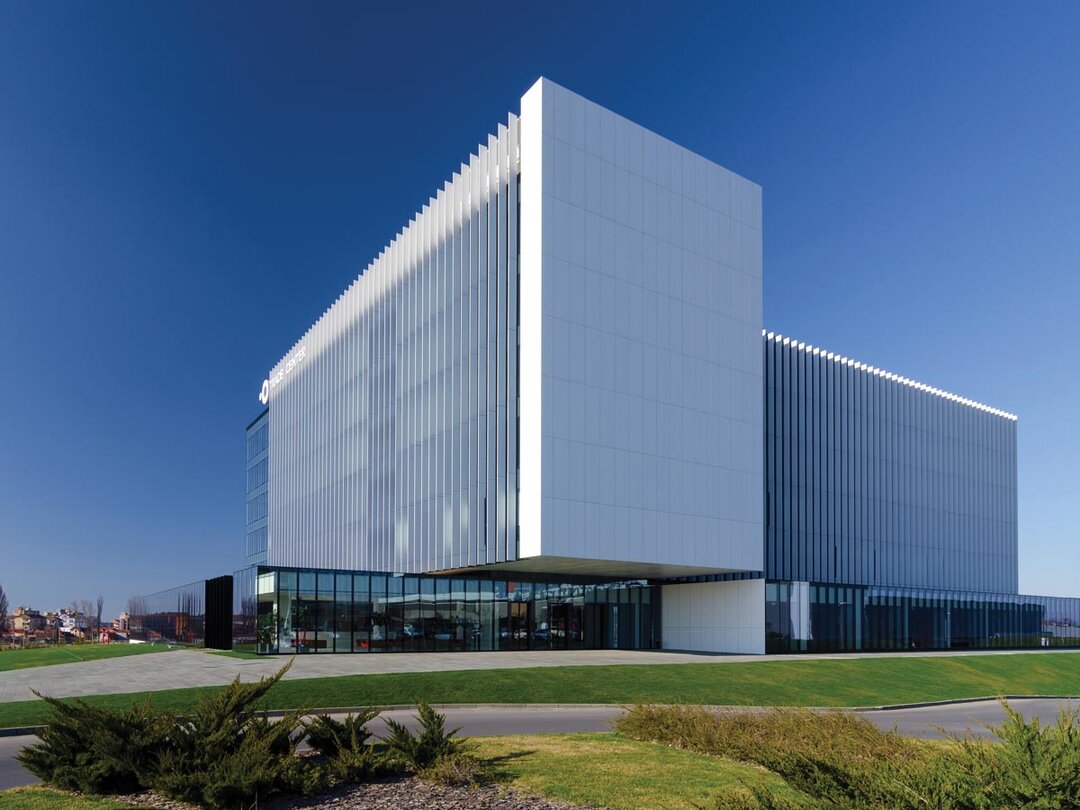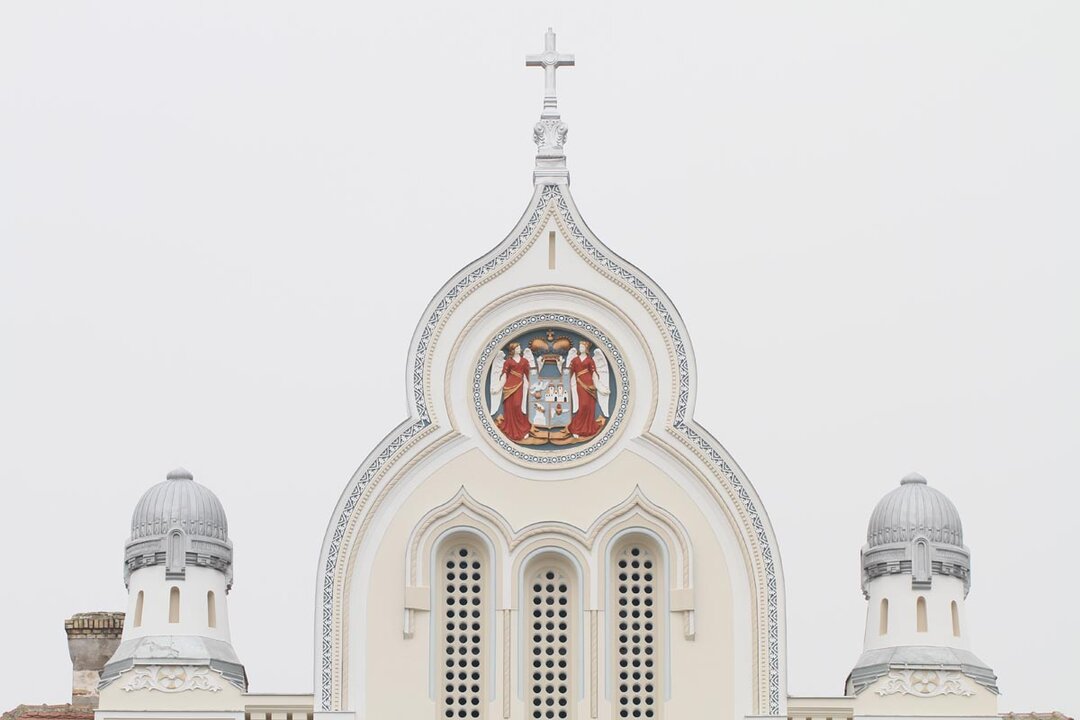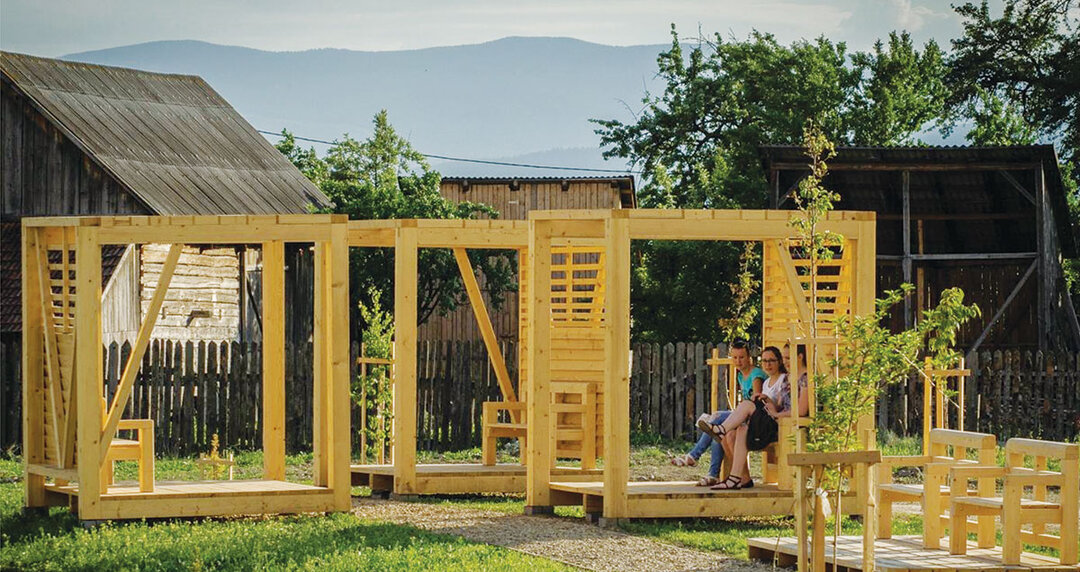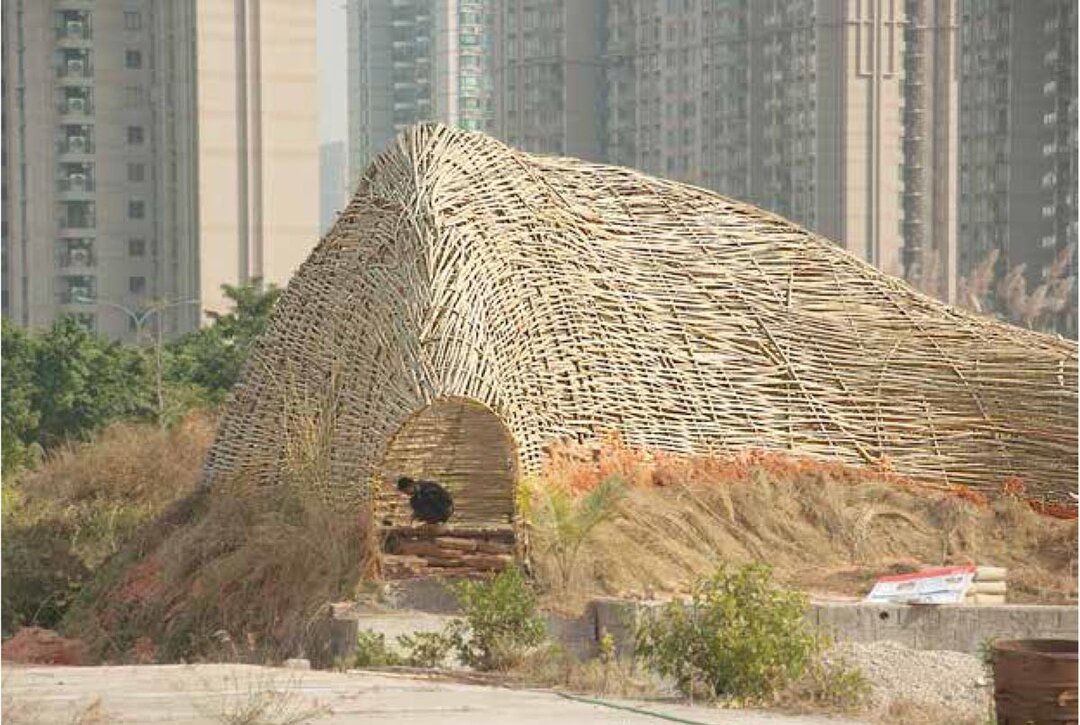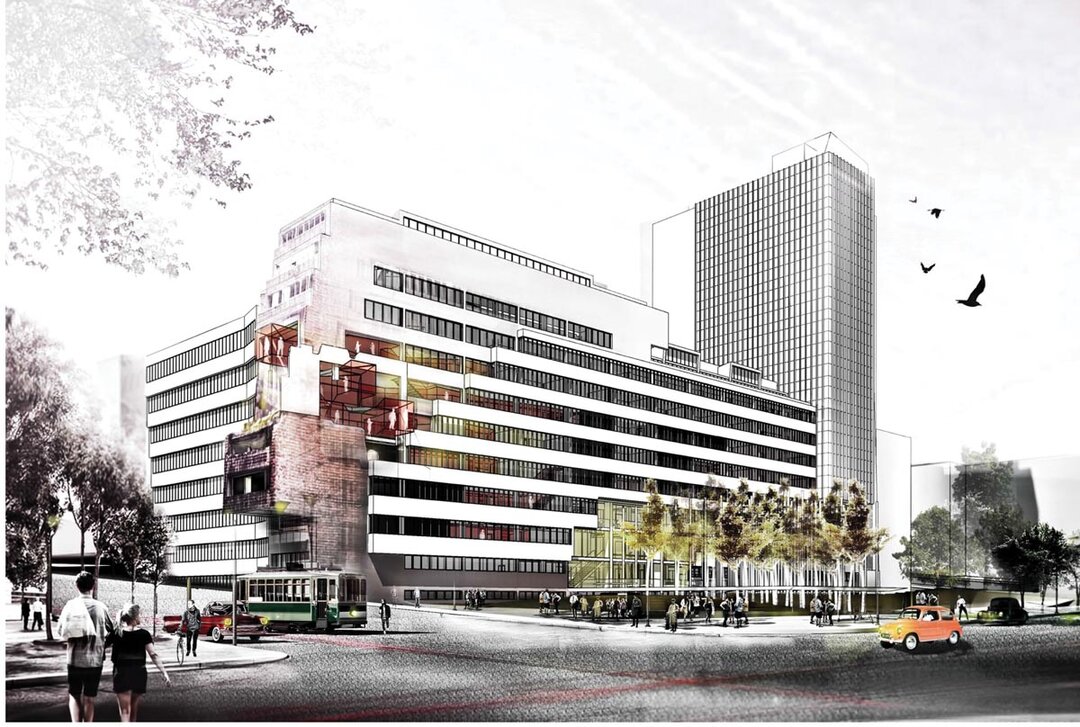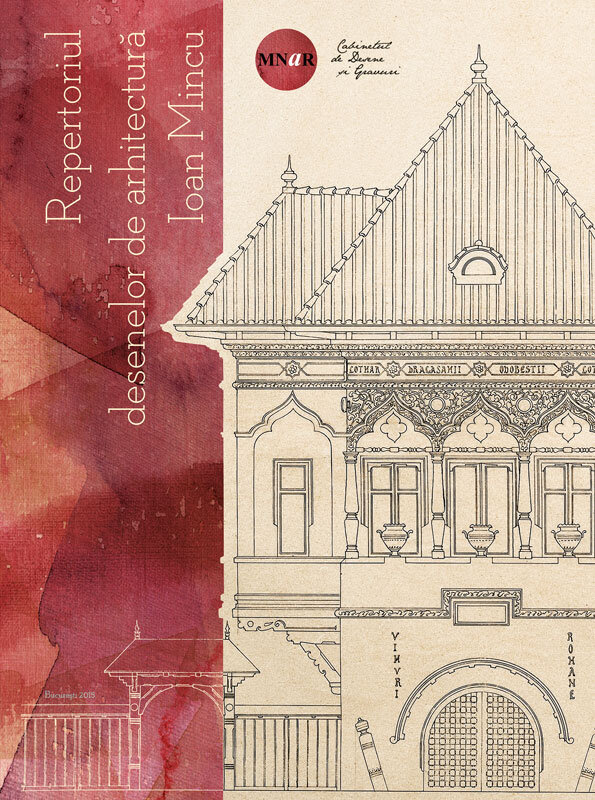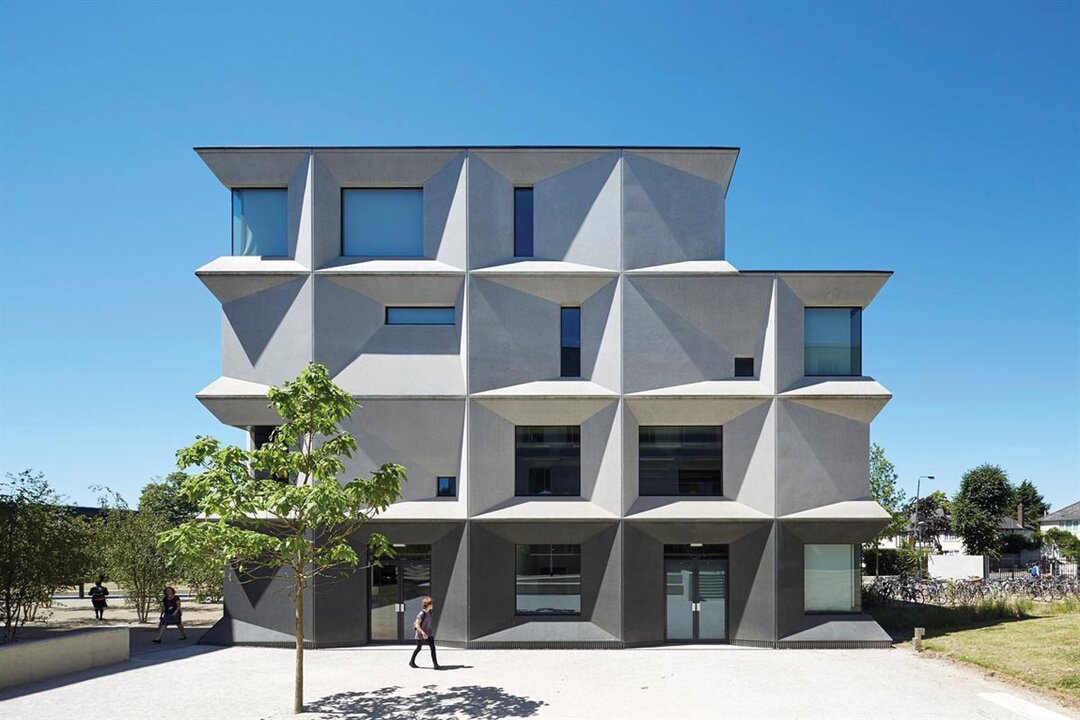
The repertoire of the architecture drawings. Ioan Mincu
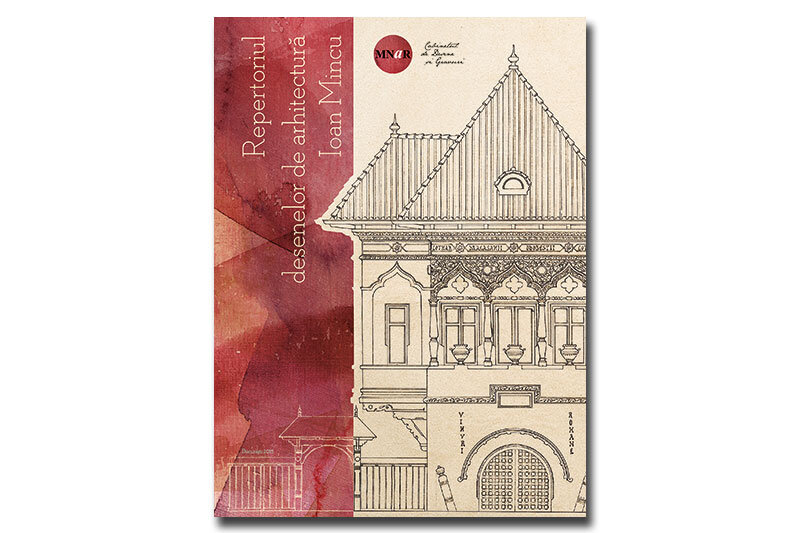
Authors: Elena Olariu, Ioana Maria Petrescu, Andreea Pop
Foreword: Roxana Theodorescu
Square Media Publishing House, Bucharest, 2015
Responding to the desire of specialists to have quality reproductions of the drawings of great architects at their fingertips, the National Art Museum of Romania has begun publishing the collections of the Cabinet of Drawings and Engravings, a series dedicated to the repertories of architectural drawings, with the album of Ioan Mincu.
The content and structure of the work, through its written parts as well as its illustrations, complement the previously known or published information on the great architect's creations. The introduction is realized through two studies. The first is devoted to the national and European context in which the architect developed, while the second focuses on the published collection of architectural drawings. It highlights works that are considered unpublished, not known or less known to researchers, such as variants of the Robescu house in Bucharest, sketches for the headquarters of the Romanian Construction Society or some funerary architectural projects. A total of 77 plans were indexed, each accompanied by a technical data sheet, and the works were organized both thematically and chronologically.
It should be noted that the presentation and the quality of the graphics allow detailed research of these valuable pieces. In addition, the photographic documentary - both current and archival - supports and complements the reproductions of the drawings, focusing on the buildings whose projects are in the MNAR's heritage, but not only. In addition to the images included in the photographic documentary, the volume contains other valuable vintage photographs and reproductions of other archival documents.
A natural consequence of the nature of the study is the compilation of a detailed chronology bringing together information from a varied bibliography. Research to identify certain works or only certain pieces led to the idea of updating the architect's list of works. The drawn, signed and dated notes have helped to correct errors or gaps in previous studies dedicated to Mincu. His existence unfolds in the historical context of the changes and modernization of Romania from the Unification of the Principalities to the eve of the First World War, making him, even without his will, a witness of the events. His professional career, engineer - architect - teacher, intersects with personalities of his time. These two aspects, historical and professional, have been recorded chronologically, making it easier for both the authors and the reader to reconstruct the spirit of the time.
The mentioning of his contemporaries in the same profession - competitors, friends, partners or apprentices - as well as the main achievements of the time is intended to present the set of circumstances and personalities who sowed the seeds of the guild of architects and the national school of architecture. Far from being exhaustive, the nominations made for these chronological interweavings have been outlined on the basis of well-defined criteria - architects who, throughout their lives, have crossed paths with Mincu (colleagues or students), but also personalities from other professions, contemporary with him.
In marking the realization of buildings of major importance for Romanian architecture, the intense building activity in Bucharest was captured, this being the place where Mincu practiced his profession and where his main works are to be found. Of the buildings erected in the capital at that time, those that changed the image of the city and, of course, the names of the architects who designed them were mentioned.
This collection of drawings, reproduced in the pages of the published repertory, is the most substantial known to date, and research has brought to light other documents that have been scattered and published for completion. A large number of institutions and private individuals supported the study and contributed to the information and images. The small number of works by Mincu balanced against the impact of his work on a generation of founding architects is still an inexhaustible subject. We hope that the resulting album will be as much a long-awaited as a useful tool for future research.



